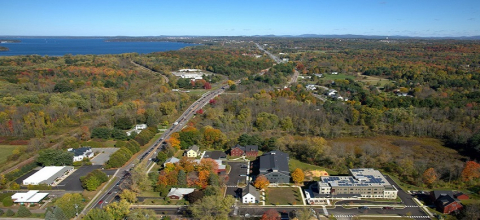Vermont’s population has grown by just 0.1 percent since 2010, with a net increase of 555 people, according to the latest Census Bureau estimates. Vermont had the 48th smallest population increase among states in the nation, both in absolute numbers and percent increase.

Some Vermont counties have experienced steady growth over the last few years and are likely to continue growing. However, the U.S. is currently experiencing its lowest rate of growth since 1937, the result of declining birth rates and an aging population. By 2035, the Census Bureau estimates that people over the age of 65 will outnumber children for the first time in U.S. history. Going forward, Vermont is likely to experience overall population decline unless it attract residents from outside the state.
Most of the states that have experienced any substantial population growth in recent years are also states that have higher levels of net domestic immigration, with more residents moving into the state than moving out. States in the Southeast and Southwest have tended to gain residents and overall population, while states in the Midwest and Northeast have tended to lose residents and to have very low rates of population increase.
However, many of the states with the highest rates of net domestic out-migration also had the highest per capita rates of international immigration. Some Northeastern states including Vermont, Rhode Island, New Jersey and Connecticut would have had negative or near-negative population growth if not for international migrants. Increasing racial diversity also helped these states, which saw losses in their non-Hispanic white populations but modest gains among minority populations.
Vermont can grow by attracting immigrants or residents of other states, and by increasing its racial diversity. This will require greater investment in services for New Americans, as well as affordable housing, childcare, and job opportunities for everyone.
